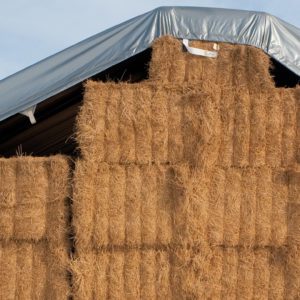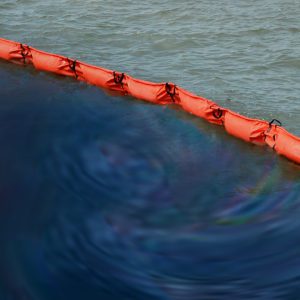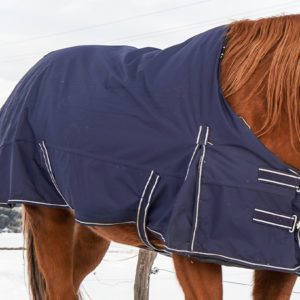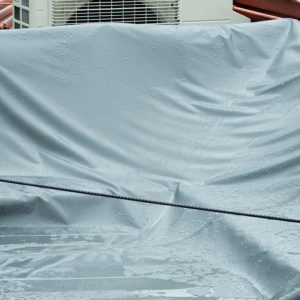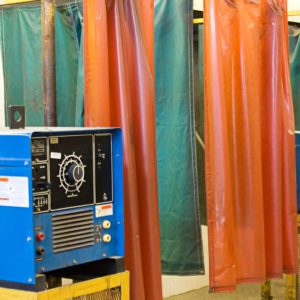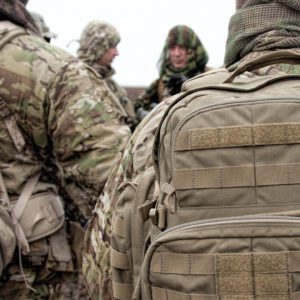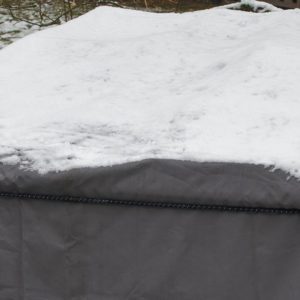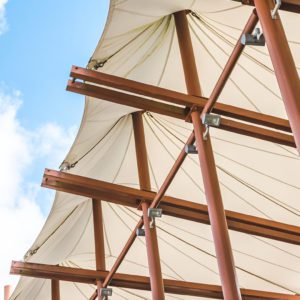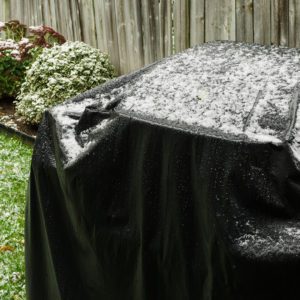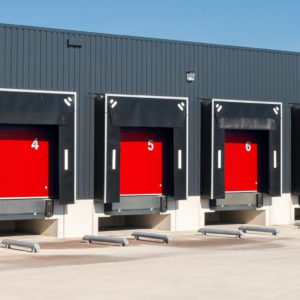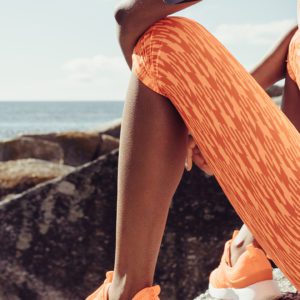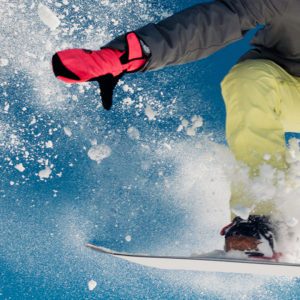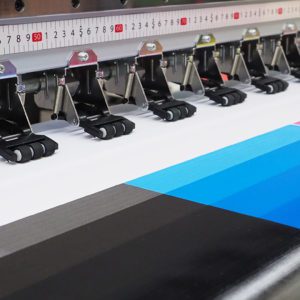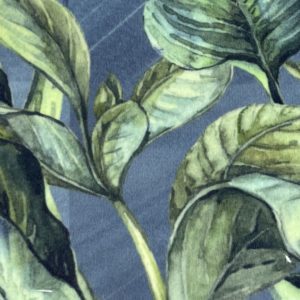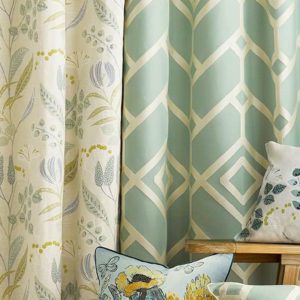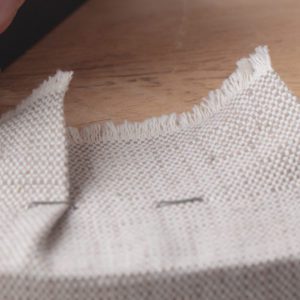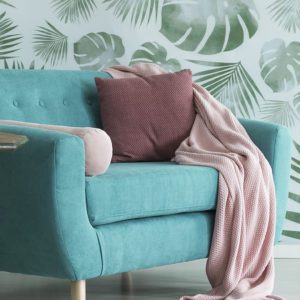Overview
To understand the different types of fleece, we need to break down how various weights, fibers, and lofts used in construction impact the final fabric.
Fleece Weight
Fleece weight determines the warmth, breathability, and coziness of the fabric.
- Lightweight Fleece – 100 g/m2 is more breathable, more packable, and less insulating and is used for hiking, running, and biking pieces.
- Midweight Fleece – 220 g/m2 is breathable with more warmth and is great for layering.
- Heavyweight Fleece – 300 g/m2 is warm but less breathable and is ideal for outer layers.
What Are The Differnt Types of Fleeces?
Fleece fabrics can be made from a variety of different materials. Sweatshirts and sweatpants are typically made from cotton/polyester blends, while plush fleece jackets and pants are usually 100 percent polyester.
- Cotton or cotton blended fleece is the most commonly used fleece for sweatpants and sweatshirts. Fleece fabric made from cotton or cotton blends have a smooth outer surface and a plush inner nap.
- Polyester fleece garments have become increasingly popular. Like cotton or cotton blend fleece, polyester fleece fabric is smooth on the outside and plush on the inside. Polyester fleece differs from cotton fleeces in that its smooth side has a shiny appearance and it does a better job of repelling moisture.
- Lycra spandex fleece is mostly cotton with a small percentage of Lycra spandex to create a stretchy fabric. It’s popular both for fitted women’s or junior’s garments and for performance fleece.
- Microfleece is a double-sided fleece that is thin and soft. Because this fabric is lightweight and does an excellent job of wicking moisture away from the body, microfleece is a popular choice for performance garments.
- Polar fleece is much thicker and warmer than microfleece. It makes a popular fleece fabric option for blankets and jackets for colder climates.
- Slub fleece is knit from two different sized yarns twisted together. The result is a fleece fabric with a textured look.
- Sherpa fleece is 100 percent polyester and very fluffy. It’s meant to mock the look of wool fleece, and it’s commonly used to line garments for added warmth.
- French terry (fleece) can be un-brushed on both sides or brushed on the looped side. This type of fleece is typically used for sweatshirts and hoodies.
High Loft Fleece vs. Tightly Woven Fleece
High loft fleece is, on the whole, warmer. Fleece heat retention works because there are tiny pockets of air in the fabric, which trap and hold your body heat, thereby warming you up. The same process is used in down. A fleece that has been lofted greatly will hold larger pockets for air.
Tightly Woven Fleece is not as warm because it doesn’t have huge pockets for air. It takes up less room and is more breathable than high loft fleece.
